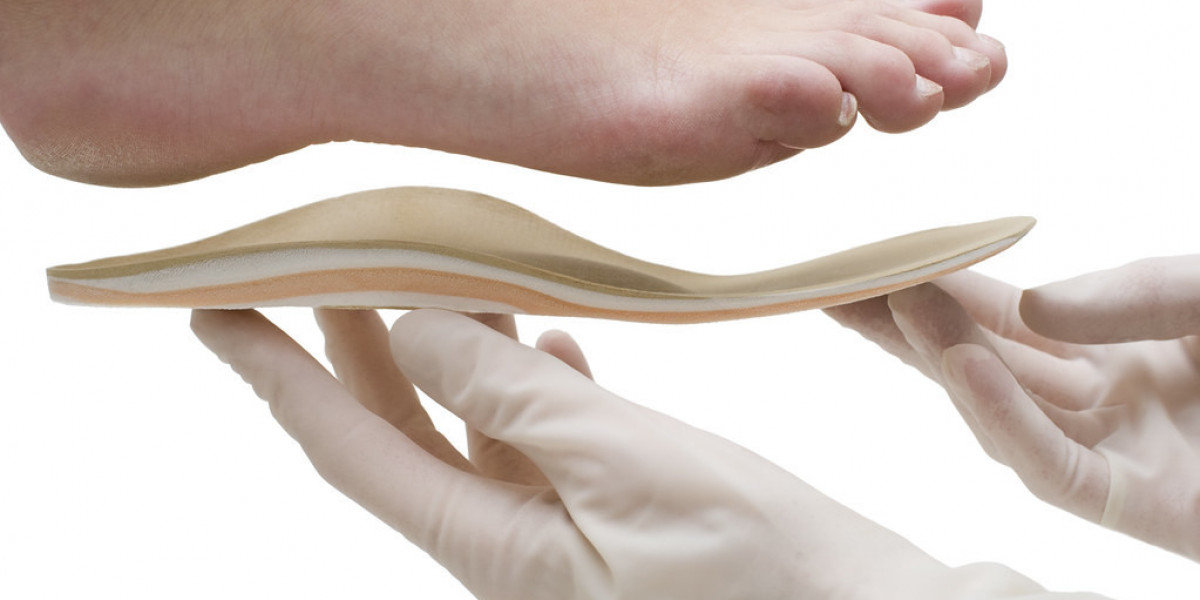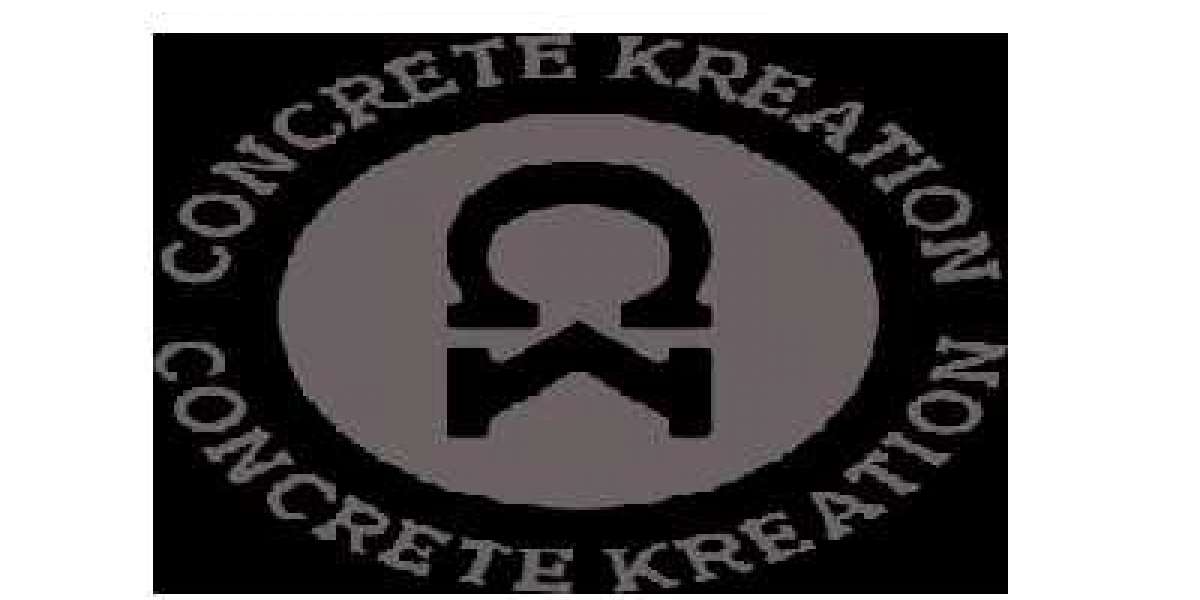Morning walks are a fantastic way to start the day, providing numerous health benefits ranging from improved cardiovascular fitness to mental clarity. However, without proper foot support, these beneficial walks can lead to discomfort or even long-term injury. Custom orthotic insoles are a game-changer for anyone looking to enhance their walking experience. This article will guide you through the process of finding the best custom orthotic insoles tailored to your morning walks.
Understanding Orthotic Insoles
What Are Orthotic Insoles?
Orthotic insoles, also known as orthoses, are specially designed shoe inserts that provide additional support and alignment to the feet. Unlike generic insoles, custom orthotics are tailored to the unique shape and needs of your feet. They can help alleviate foot pain, improve walking posture, and enhance overall comfort.
Benefits of Custom Orthotics for Walking
Custom orthotic insoles offer several benefits that are particularly useful for morning walkers:
- Pain Relief: They can alleviate pain caused by conditions such as plantar fasciitis, flat feet, and arthritis.
- Improved Alignment: Orthotics help correct foot alignment, reducing strain on the ankles, knees, and hips.
- Enhanced Comfort: By providing better support, they enhance the overall comfort of your walk, making it easier to maintain a regular walking routine.
Identifying Your Needs
Assessing Your Foot Type
Before investing in custom orthotics, it’s essential to understand your foot type. Common foot types include:
- Flat Feet: Lack of arch support, often leading to overpronation.
- High Arches: Excessive arch height, which can cause underpronation.
- Neutral Arches: A balance between the two, but still may benefit from additional support.
Recognizing Foot Problems
Consider any specific foot issues you may have:
- Plantar Fasciitis: Heel pain caused by inflammation of the plantar fascia.
- Bunions: Painful bumps at the base of the big toe.
- Achilles Tendinitis: Pain at the back of the heel due to strain on the Achilles tendon.
Consulting a Podiatrist
For a precise assessment, consulting a podiatrist is recommended. A podiatrist can conduct a thorough examination of your feet, identify any underlying issues, and suggest the most appropriate type of orthotic insoles for your needs.
Features to Look for in Custom Orthotic Insoles
Material Quality
The material of the insole affects both comfort and durability. Common materials include:
- Foam: Provides cushioning and is lightweight but may compress over time.
- Gel: Offers superior shock absorption, ideal for high-impact activities.
- Plastic/Carbon Fiber: Provides firm support and durability, suitable for correcting alignment issues.
Arch Support
Proper arch support is crucial in preventing foot fatigue and pain. Ensure the insoles have adequate support for your specific arch type, whether it’s high, medium, or low.
Cushioning
Cushioning is vital for comfort, especially during prolonged walks. Look for insoles with extra padding in the heel and forefoot areas to absorb impact and reduce strain.
Fit and Customization
Since orthotics are custom-made, they should fit your feet perfectly. Ensure the provider offers a detailed fitting process, often involving a foot scan or mold to capture the exact shape and contours of your feet.
Types of Custom Orthotic Insoles
Rigid Orthotics
These are made from materials like plastic or carbon fiber and are designed to control motion and alleviate strain on certain parts of the foot. They are ideal for individuals with severe biomechanical issues.
Soft Orthotics
Soft orthotics provide cushioning and support, making them suitable for individuals with sensitive feet or those requiring additional shock absorption.
Semi-Rigid Orthotics
These combine elements of both rigid and soft orthotics, offering a balance between support and flexibility. They are a versatile choice for many walkers.
How to Get Custom Orthotic Insoles
Step 1: Get a Professional Assessment
The first step in obtaining custom orthotic insoles is a professional assessment. A podiatrist or a specialized orthotic provider will evaluate your feet, gait, and any specific issues you may have.
Step 2: Foot Impressions or Scans
To create custom orthotics, precise measurements of your feet are necessary. This can be done through:
- Plaster Casts: Traditional method involving a plaster mold of your foot.
- 3D Scanning: Modern, accurate method that captures a digital model of your foot.
Step 3: Customization and Fabrication
Based on the assessment and measurements, the orthotics will be custom-made to fit your feet perfectly. This process can take anywhere from a few days to a couple of weeks.
Step 4: Fitting and Adjustment
Once the orthotics are ready, you’ll need to try them on to ensure a proper fit. Minor adjustments may be necessary to optimize comfort and effectiveness.
Tips for Using Orthotic Insoles
Gradual Adaptation
When you first start using custom orthotics, it’s important to gradually increase the amount of time you wear them each day. This allows your feet to adapt to the new support and reduces the risk of discomfort.
Regular Maintenance
Keep your orthotics in good condition by cleaning them regularly and checking for signs of wear and tear. Most orthotics last between one to three years, depending on usage and material quality.
Reassessment and Updates
As your feet change over time, it may be necessary to update your orthotics. Regular check-ups with your podiatrist can help ensure your insoles continue to provide the support you need.
Where to Buy Custom Orthotic Insoles
Podiatrist Offices
Many podiatrists offer custom orthotic services. This option provides the advantage of having a medical professional oversee the entire process.
Specialty Orthotic Providers
There are specialized providers that focus solely on custom orthotics. These companies often use advanced technology and materials to create high-quality insoles.
Online Custom Orthotic Services
Several online services offer custom orthotics. These typically involve sending a foot impression kit to your home, which you return for fabrication. While convenient, ensure the provider has a good reputation and offers a satisfaction guarantee.
Cost Considerations
Insurance Coverage
Check with your health insurance provider to see if custom orthotics are covered. Some plans offer partial or full coverage for medically necessary orthotics.
Out-of-Pocket Costs
Custom orthotics can be expensive, typically ranging from $200 to $600. While the initial investment is significant, the benefits in terms of pain relief and improved walking comfort can be well worth the cost.
Value Over Time
Consider the long-term value of custom orthotics. By preventing injury and reducing pain, they can save you money on medical treatments and improve your quality of life.
Finding the best custom orthotic insoles for your morning walks involves understanding your specific needs, choosing the right features, and working with a reputable provider. By investing in high-quality custom orthotics, you can enhance your walking experience, alleviate pain, and enjoy the numerous health benefits of a daily morning walk. Prioritize your foot health, and you’ll find that the right support can make a world of difference.








